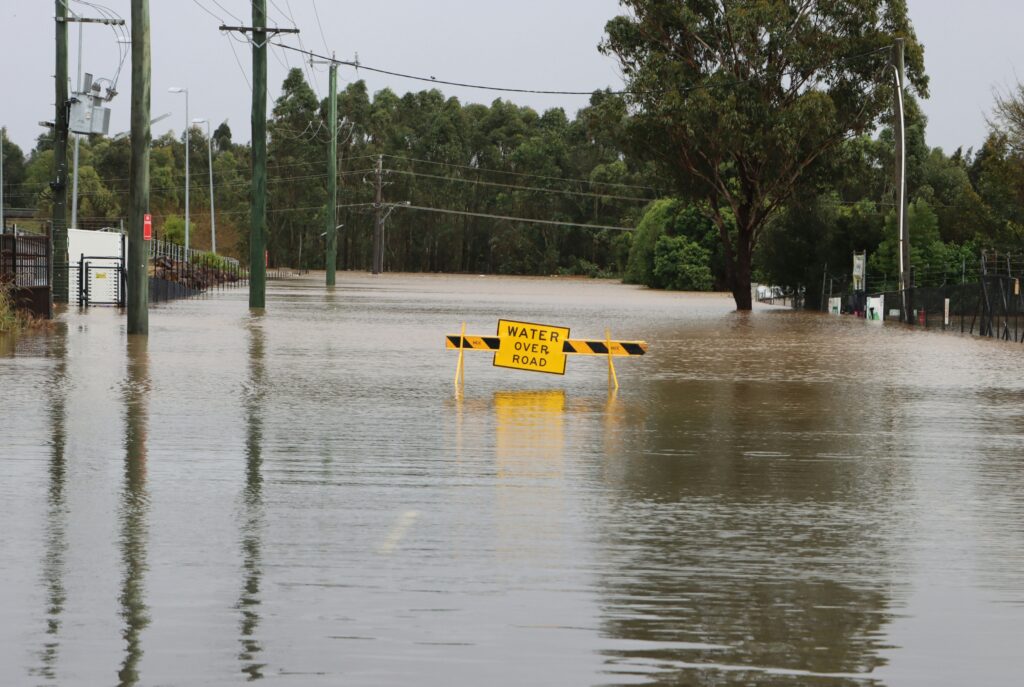When the ice storm hit Texas and much of the northern hemisphere, as we pointed out, the alarmists said yes, of course, warming means cooling, we told you so, after the fact, and not for the first time. But if it’s true, Willis Eschenbach again observes, then as the world warms it should cool. So he looked at data from Houston, Dallas and Oklahoma City and found they weren’t cooling. So what’s the prediction again?
Well, you may say, Eschenbach is just messing with them, and slipping on the lack of ice. Everybody knows warming means it gets hotter and freezes less, so his charts showing that in fact there’s been a reduction in days below freezing in all three cities since the mid-20th century only proves that the planet is warming. QED.
The problem, of course, is that we’re back in the wacky world where everything proves climate change after the fact. Even stuff that didn’t happen. They say of course warming causes warming and you point out that it’s cold and they say of course warming causes cooling and you point out that it’s not cooling and they say of course warming doesn’t cause cooling. And it gets more complicated. And not only because in Japan it seems winter has not been getting warmer in the last 35 years.
Jim Steele recently asked “Why were we unprepared for such cold when the northern hemisphere had been experiencing a winter cooling trend since 1990? Were government officials too gullible, lulled by narratives that global warming would make snow disappear and cold snaps less likely?” An excellent question. But especially the first part, about the winter trend.
The northern hemisphere has experienced a 30-year cooling trend? Yes. He includes a crucial 2014 chart of colour-coded warming or cooling trends, rather than of absolute temperatures, that shows a warming Arctic but cooling from there down to the equator.
The conclusion is obvious: the situation is complicated. But what explanation have you heard from the AGW set for this phenomenon?
We’ll tell you: none because they haven’t yet admitted this one happened. And all because they insist that CO2 is driving climate toward disaster a priori so anything bad that happens we told you so. Whereas Steele, after looking briefly at the inconclusive science on the polar vortex, suggests that “The natural quasi‑permanent Aleutian Low nearly explains it all.”
“Does it now?” we ask sagely, before asking “And what is this thing?” Well, it’s not a GHG. Instead it’s an atmospheric phenomenon that occurs every fall but not always in the same place. Depending what El Nino, the PCDO and the AO are doing, the Aleutian Low can form over the Bering Sea, sending warmer air and water north and warming the Arctic, while also weakening the polar vortex with winter storm consequences. But it can also form over the Gulf of Alaska, reducing the flow of warmth north and upward and laying off the vortex.
Obviously Steele is just one guy with a theory that requires investigation rather than denunciation or worship. But if he’s right, it would explain a lot because, he adds, the Aleutian Low divided its time pretty evenly between the two from 1950 to 1976, then pretty much anchored itself in the Bering Sea through 2011. Which explains the warmer Arctic and the sharper cold spells. Without, at least obviously, any connection to CO2. As he says, “Clearly energy policy must be better prepared to deal with natural climate change”.
Oh. That again.



When is there going to be some serious research and data about the component of the atmosphere that causes the biggest effect on warming and cooling, which is water vapor? Especially when its concentration is enough to form clouds, which modify the albedo more than any other factor. Most of us agree that clouds on a sunny day can reduce the surface air temperature tens of degrees. Similarly, clouds at night can increase the surface air temperature tens of degrees.
If the water surface temperature increases and more water enters the atmosphere, more clouds form in the upper atmosphere and reduce the incident radiation. As the water surface temperature cools, less water enters the atmosphere, less clouds form and incident radiation increases. A self-regulating negative-feedback mechanism that results in the AVERAGE Earth surface temperature remaining within a few degrees of 300 degrees Kelvin. It is water, both liquid and vapor, that makes the Earth so suitable for our life here. Its properties deserve more study and appreciation.
You were warned 9 years ago
Arctic sea ice loss tied to unusual jet stream patterns
By: Dr. Jeff Masters, 2:40 PM GMT on April 02, 2012
Earth has seen some highly unusual weather patterns over the past three years, and three new studies published this year point to Arctic sea loss as a potential important driver of some of these strange weather patterns. The record loss of sea ice the Arctic in recent years may be increasing winter cold surges and snowfall in Europe and North America, says a study by a research team led by Georgia Institute of Technology scientists Jiping Liu and Judith Curry. The paper, titled "Impact of declining Arctic sea ice on winter snowfall", was published on Feb. 27, 2012 in the online early edition of the journal Proceedings of the National Academy of Sciences. "Our study demonstrates that the decrease in Arctic sea ice area is linked to changes in the winter Northern Hemisphere atmospheric circulation, said Judith Curry, chair of the School of Earth and Atmospheric Sciences at Georgia Tech, in a press release. "The circulation changes result in more frequent episodes of atmospheric blocking patterns, which lead to increased cold surges and snow over large parts of the northern continents."
https://www.wunderground.com/blog/JeffMasters/arctic-sea-ice-loss-tied-to-unusual-jet-stream-patterns.html
Water vapor has been studied.
https://www.acs.org/content/acs/en/climatescience/climatesciencenarratives/its-water-vapor-not-the-co2.html